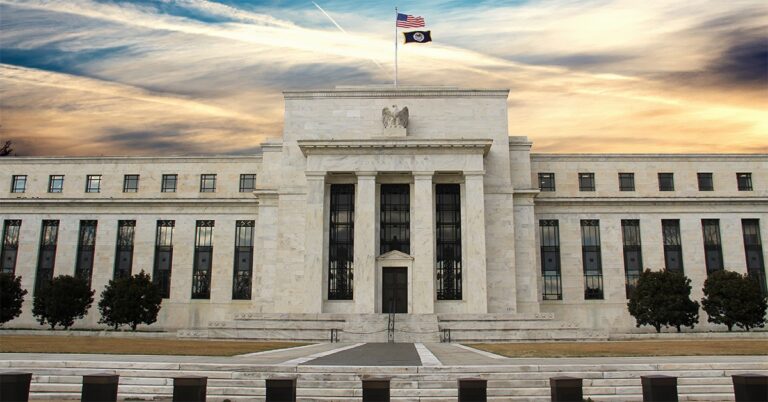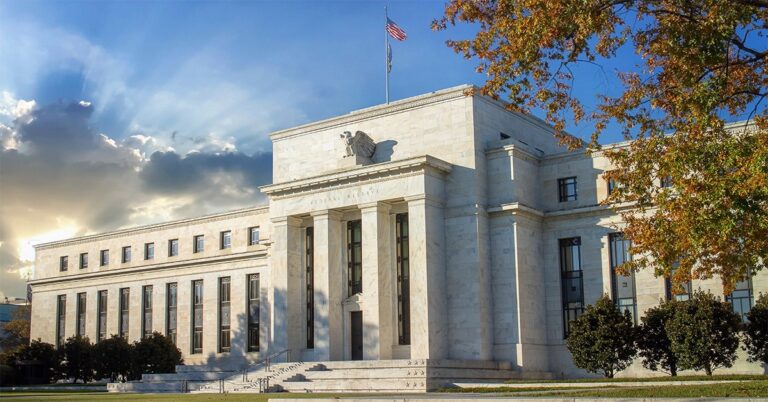The balance of commercial real estate distress grew to $71.8 billion at the end of the second quarter, marking the fourth straight quarter that the total has risen, according to MSCI Real Assets.
The company, which defines “distress” as both financially troubled properties as well as real estate-owned assets, reported the figure as part of its Q2 2023 Capital Trends U.S. Distress Tracker. It’s nowhere near the peaks reached in the wake of the Great Recession, when cumulative distress topped $150 billion.
The value of assets in distress eclipsed workouts by more than $8 billion during the second quarter, per MSCI. It’s the first time since Q2 2020, when the market was thrown into the midst of the globally disruptive COVID-19 pandemic, that distress has ballooned by that much over a three-month period.
More than 80% of the distress added from April through June came via the much-maligned office sector, which contributed $6.7 billion of net distress inflow. In another dubious recent milestone, it’s the first time since 2018 that neither retail nor hotels (both of which have had to grapple with their own sector-specific, pandemic-era doldrums) have been the largest source of commercial real estate distress.
Office now tops all property types by distressed balances, carrying some $24.8 billion — or about 35% of the total across all asset classes. Retail and hotels aren’t completely out of the woods either, with roughly $22.7 billion and $13.5 billion in distress, respectively.
Just as discouraging for the office sector is another $43.3 billion in assets classified by MSCI as “potentially distressed,” which is described by the company as “a stressed scenario that could lead to full-blown financial trouble.” Once again, office leads all property types in this category, which could be ominous as 35% of the assets deemed fully distressed at the end of June were previously considered potentially distressed.
The weak market does have one thing going for it, as a possible slide into further struggles catches the eye of the federal government. Regulators issued a statement in June urging commercial mortgage lenders to work with creditworthy borrowers who may be having financial challenges in the uneven economic environment. It’s a move, according to MSCI, that may lead to an uptick in accommodations and may stem the tide of potentially distressed properties that wind up falling into actual distress.







